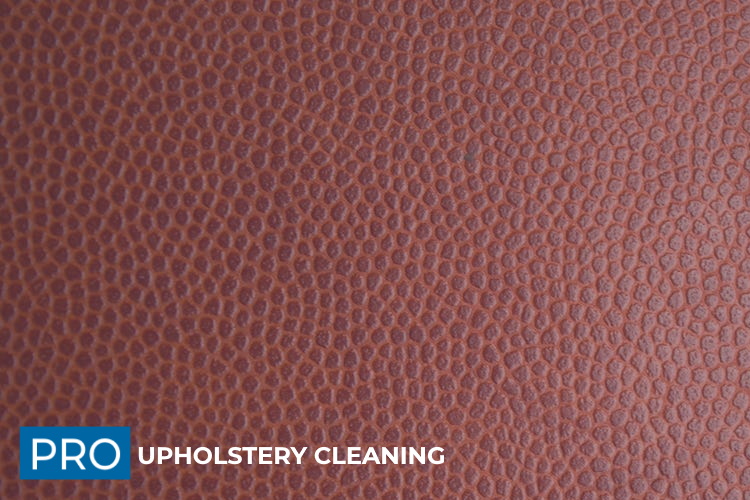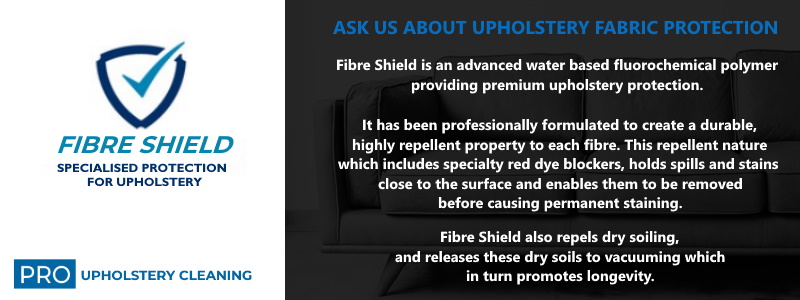What is Faux Leather?
Faux Leather is a durable and generally low-cost material that has the look, feel, weight, and even smell of real leather but without any animal involvement. Outwardly it looks like real leather, but it lacks some or even all properties such as strength and durability.
Faux Leather can be used for just about anything you would use genuine leather for including furniture upholstery as well as clothing items like jackets and skirts (though faux fur might work better for coats).
It was once considered a more affordable alternative to the pricier real thing when new; however these days many brands have caught on to this trend so prices are no longer much different from what it costs to buy traditional leather products. This means there really isn't too much cost difference between buying an item made from faux leather and buying an item made with actual leather.
Remember, there are different grades of leather, and genuine leather is one of the lowest quality types of leather you can get; it's just a name and it tricks a lot of people when buying leather! Take a look at how leather is made to get an idea of the different grades and styles on the market.

How is Faux Leather Made?
There are different ways to produce faux leather, but the most popular method is using polyurethane as the material that gives it a look, feel, weight and even smell of real leather. Fabrication starts with a polyurethane substrate, often in sheet form. The sheets are then cut into the shape of leather which can be embossed and dyed to resemble authentic leather. Otherwise, it will be made from PVC vinyl or a polyester blend.
Should I Buy This Furniture?
Some people think faux leather is a good option for furniture because it's less expensive, but others disagree and say that the material just doesn't hold up as well.
The decision ultimately comes down to personal preference, what do you value more; aesthetics or cost?
If your primary goal in buying furniture is to save money while maintaining some level of quality, then faux leather might be worth considering. If on the other hand you're looking for longevity and durability from your purchase, then a high-quality leather may serve you better in this regard.
What Are The Benefits?
This material has its advantages over real animal hides such as being cheaper (material), sustainable, durable with minimal care, and having no involvement with animals.
What Are The Disadvantages?
Faux leather can look really cheap at times because some faux materials have a fake looking sheen that doesn't do anything for the quality or durability of an item. If you're not careful about what type of material you buy, then faux leather could end up costing more than real animal hides in terms of maintenance costs (cleaning/treating etc.).
It's important to know ahead if your purchase will require so much care before making a decision on whether or not its worth it to go for cheaper material while sacrificing aesthetics and longevity. You are going to need professional leather cleaning services eventually, but the type of material you get will influence how often cleaning is required.

Frequently Asked Questions
Can I Wash This Material?
This material can be cleaned by yourself or a professional cleaning service using correct cleaning methods and techniques.
Can I Steam Clean Faux Leather?
No! This type of material does not like heat and steam cleaners will cause damage. Dry cleaning is the only method to be used with a proper upholstery shampoo.
Will This Material Peel?
Faux leather will peel if it's not properly cared for, just like most types of fabrics.
It's usually made out of polyurethane (a synthetic material) or PVC which has been textured and colored using an emulsion process. This means that it will peel much easier than authentic cowhide would, even in cases where there isn't any wear-and-tear to speak of.
It also doesn't help that many people don't realise they need to take care of faux leather with the same special products that you would use on real cowhide.
The Best Faux Leather Cleaners
You Will Ever Try.

